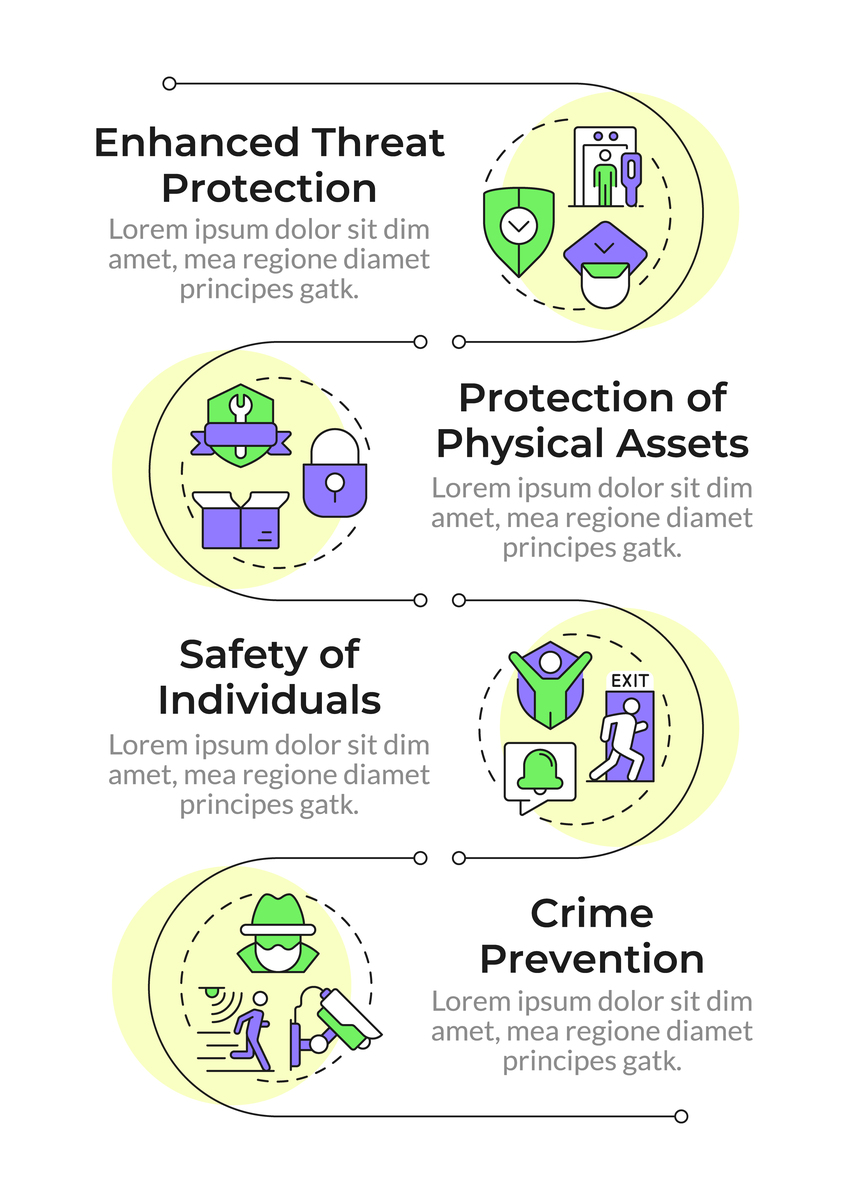Low-Cost Synthesis and Enhanced Properties of TiB2-TiC and TiB2-TiC-SiC Composites via Boron/Carbon Thermal Reduction and SPS Sintering
Low-Cost Synthesis and Enhanced Properties of TiB2-TiC and TiB2-TiC-SiC Composites via Boron/Carbon Thermal Reduction and SPS Sintering
Abstract
This study introduces a novel and cost-effective method for synthesizing TiB2-TiC and TiB2-TiC-SiC composite powders using a boron/carbon thermal reduction method with TiO2, B4C, and carbon black as precursors. This approach overcomes the limitations of conventional methods, offering a simplified and scalable alternative for industrial production. The synthesized powders were subsequently densified using spark plasma sintering (SPS) to fabricate both binary TiB2-TiC and ternary TiB2-TiC-SiC composites. The research meticulously investigated the impact of processing parameters on the phase composition, microstructure, and morphology of the synthesized powders. Furthermore, the influence of composition on the densification behavior, mechanical properties (hardness, fracture toughness), and high-temperature oxidation resistance of the sintered composites was systematically studied.
The results demonstrate that the adopted synthesis route yielded fine TiB2-TiC powders with controllable phase content and a particle size of approximately 200 nm. The SPS sintering process effectively densified the composites, achieving a relative density of up to 99.78%. The binary TiB2-TiC composites exhibited enhanced hardness compared to monolithic TiB2 ceramics, reaching a maximum value of 24.07±0.53 GPa. Adjusting the TiC content in the composites allowed for tailoring the mechanical response, with higher TiC content leading to improved fracture toughness and flexural strength.
Incorporating SiC into the TiB2-TiC matrix to form ternary composites led to a further increase in fracture toughness (5.71±0.34 MPa·m1/2) while maintaining high hardness. Additionally, the presence of SiC significantly enhanced the oxidation resistance of the composites, increasing the oxidation resistance temperature from 1200℃ to 1400℃ due to the formation of a protective SiO2 layer that effectively inhibited B2O3 volatilization.
Keywords: boron/carbon thermal reduction method, TiB2-TiC, TiB2-TiC-SiC, SPS sintering, mechanical properties, oxidation resistance, microstructure, low-cost synthesis

原文地址: http://www.cveoy.top/t/topic/c4jv 著作权归作者所有。请勿转载和采集!